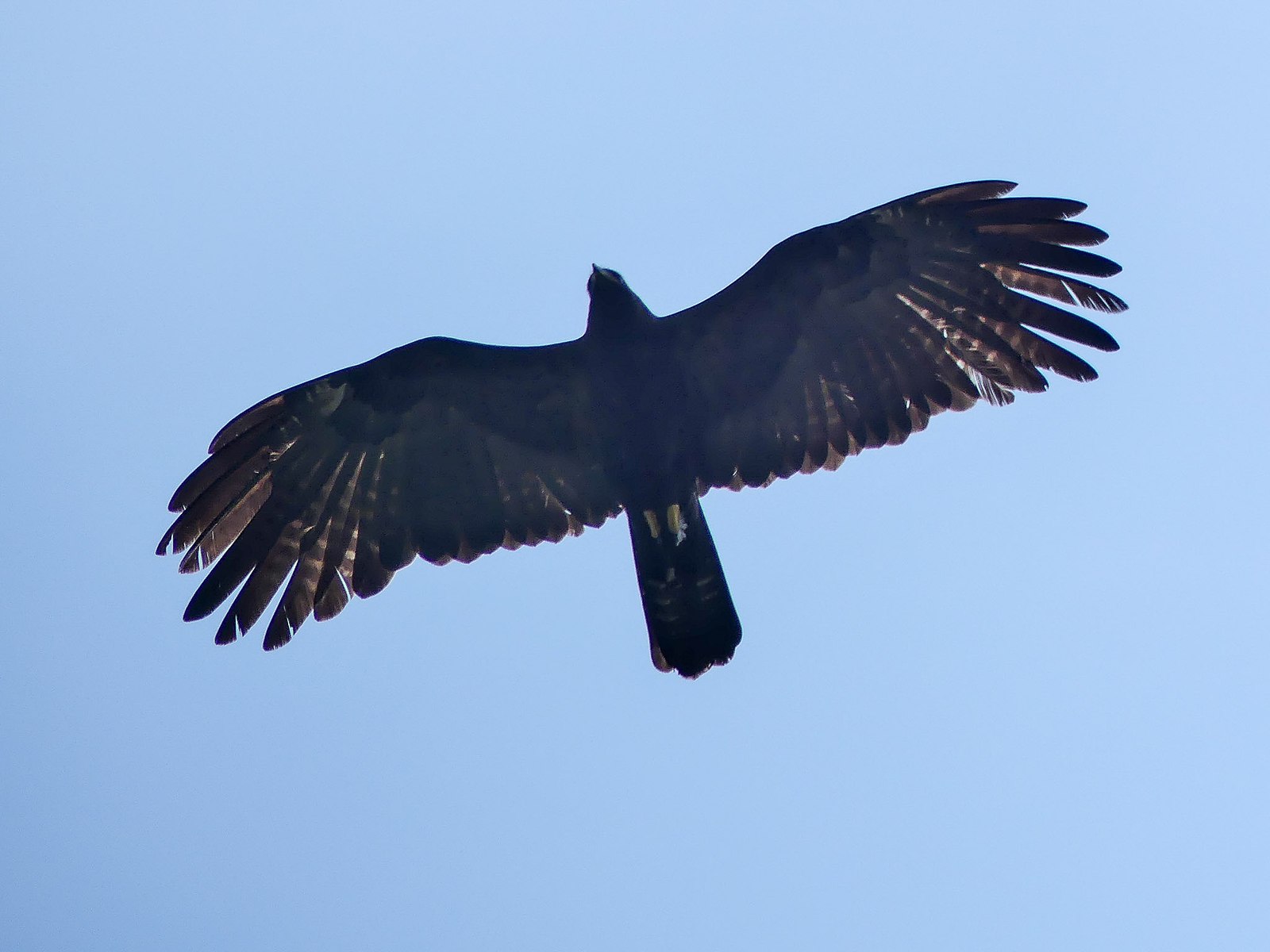Black eagles, also known as Verreaux’s eagles, are not typically found in desert environments. These majestic birds of prey prefer to inhabit hilly and mountainous regions of southern and eastern Africa, with their range extending marginally into Chad, Mali, and Niger. Their preferred habitats are kopje, which are dry, rocky environments that can range from rocky hills to high mountains.
Habitat Preferences of Black Eagles
Black eagles are primarily found in the following habitats:
- Hilly and Mountainous Regions: The majority of black eagle populations reside in hilly and mountainous areas of southern and eastern Africa, where they can find the rocky outcrops and cliffs they prefer for nesting and hunting.
- Kopje: Kopje are dry, rocky environments that can range from small hills to high mountains. These kopje provide the ideal habitat for black eagles, as they offer the necessary nesting sites and hunting grounds.
- Arid Environments: While black eagles do not primarily live in deserts, they can be found in arid environments like the Kalahari Desert, where rocky outcrops and hills provide suitable habitats for them.
Prey and Hunting Behavior
 Image source: Black Eagle by Mike Prince
Image source: Black Eagle by Mike Prince
Black eagles are known to predominantly prey on rock hyraxes, also known as dassies, in their natural habitats. These small, herbivorous mammals are a staple food source for the eagles, and their presence is crucial for the survival of black eagle populations.
The black eagles’ hunting behavior is well-adapted to their rocky environments. They use their keen eyesight to spot their prey from a distance and then swoop down to capture the hyraxes with their powerful talons. The eagles’ ability to navigate the rugged terrain and locate their prey is a testament to their impressive hunting skills.
Threats and Conservation Efforts
The primary threat to black eagle populations is the local hunting of their primary prey, the rock hyraxes, by humans for food and skins. This can lead to declines in hyrax populations, forcing the eagles to either switch to other prey or have their nesting attempts fail due to the lack of a reliable food source.
Despite this threat, human activity in popular nature areas, such as the Walter Sisulu National Botanical Garden in South Africa, has not had a significant adverse effect on the eagles’ breeding behavior. This suggests that the black eagles are adaptable to a certain degree of human presence, as long as their primary prey remains available.
Conclusion
In summary, while black eagles, also known as Verreaux’s eagles, do not primarily live in desert environments, they can be found in arid regions with rocky outcrops and hills, such as the Kalahari Desert. Their preferred habitats are hilly and mountainous areas, as well as kopje, which provide the necessary nesting sites and hunting grounds for these majestic birds of prey. The primary threat to their populations is the hunting of their primary prey, the rock hyraxes, by humans, which can lead to declines in the eagles’ food source.
References:
- Selati Wilderness Foundation. (2023-10-18). Selati’s Verreaux’s Eagles. Retrieved from https://selatiwf.org/verreauxs-eagles-selati/
- Wikipedia. (n.d.). Verreaux’s eagle. Retrieved from https://en.wikipedia.org/wiki/Verreaux%27s_eagle
- Avibirds.com. (2023-09-27). The Eagles of Africa. Retrieved from https://avibirds.com/eagles-of-africa/

